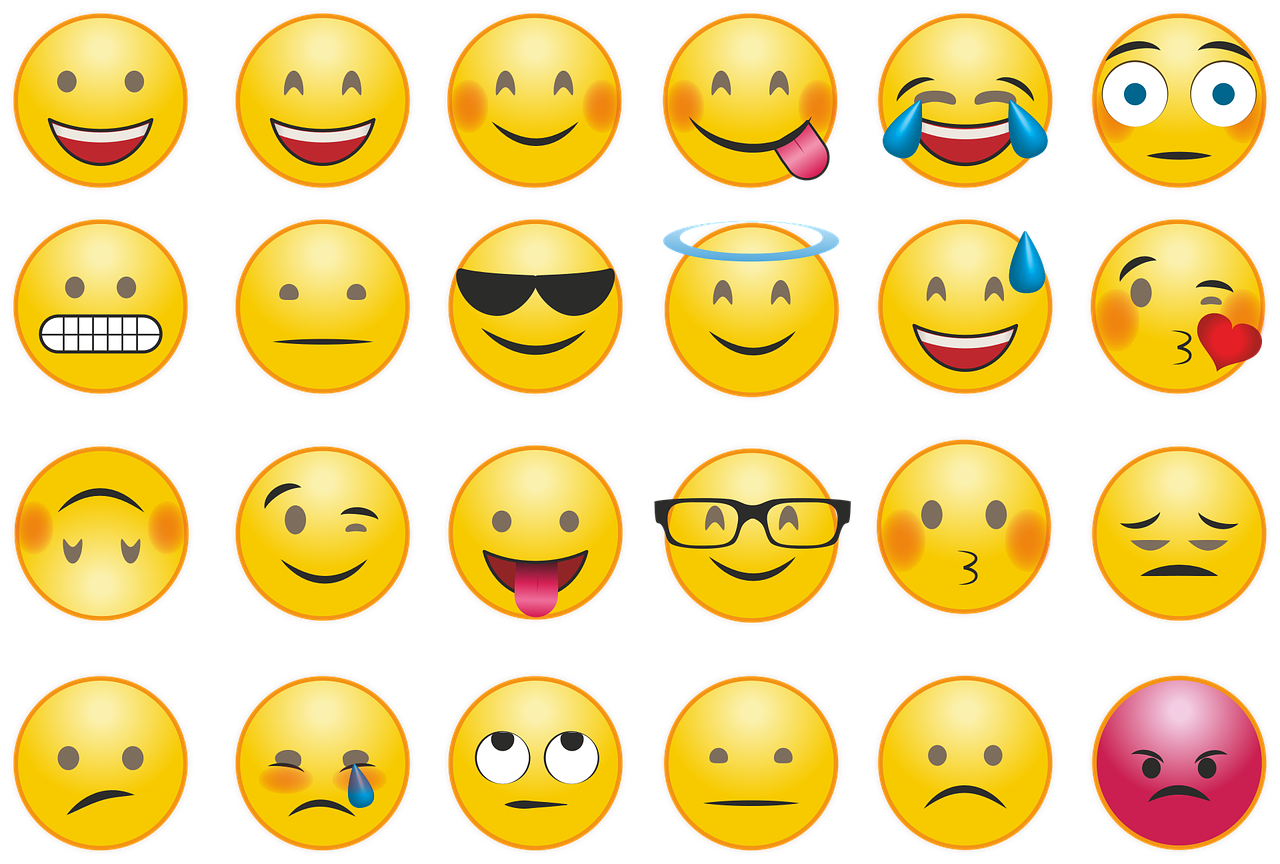
Even though they may seem benign ways to communicate emotions in text conversations, emoji reveal technology is shaped by cultural ideologies about race, according to research from The University of Alabama.
The study about the inclusion of skin-tone modifiers in emoji sets found emoji continue to center whiteness in their design and coding structures.
“It’s a fallacy that tech is raceless, though it is often perceived as such,” said Dr. Miriam E. Sweeney, assistant professor of library and information studies who led the study. “For a lot of our technologies there is an ideal user imagined, and these skin-tone modifiers created a moment of rupture for those users — in this case white people — who suddenly were made aware of race in an interface that had previously seemed raceless to them.”
The study combined an interface analysis of emoji skin-tone modifiers coupled with user discourse analysis to explore user interpretations of skin-tone modifiers.
“How we interpret our technologies and how we design them are all reflective of the particular cultural context we live in,” Sweeney said. “Emoji are a lens through which we can see how gender, race and power shape all of the technological structures around us.”
Emoji were created for the Japanese mobile market in 1999, but in 2010 became incorporated into the Unicode Standard, a character encoding system designed to support consistent encoding and representation of most of the world’s writing systems. Apple introduced emoji to the United States market in 2011.
The human characters represented in the original emoji set had a light skin tone, which people of color called out as problematic. As a result, the human emoji characters were switched to a yellow color, similar to a smiley face icon. In 2015, a range of human skin colors were added based on a dermatological scale of skin tones. Thought to be a scientific, race-neutral solution to race representation by tech companies that comprise the Unicode Consortium, it proved to be anything but removed from race, Sweeney said.
“In fact, the skin tone modifiers raised more questions about race and representation among both white and BIPOC (Black, Indigenous and people of color) emoji users,” she said. “The skin-tone modifiers were overlaid on top of the base emoji characters, rather than rethinking the design of the whole thing. Because of this, elements of whiteness remained intact.”
Updates to emoji continue to roll out each year adding different hair textures, eye color, genders for different professions and non-binary emoji. Each update is a way to play catch-up to representing diverse people and cultures, but ultimately avoids addressing the power structure of mass communication systems.
“It’s a matter of who calls the shots and how that plays out in coding,” Sweeney said. “We can dress up the surface, but we’ve never really unpacked how different kinds of social, political and cultural arrangements are embedded deep in the bones of emoji as a technology. Asking these questions helps us see the reaches of power in our everyday practices.”
This study was co-authored by Kelsea Whaley, who earned a master’s degree in library and information studies from UA, and was published last summer in the journal First Monday.
